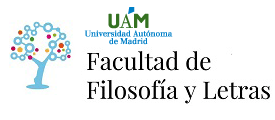Paralympians’ identity through media stereotypes: The Brazilian Newspapers’ Coverage at 2016 Paralympic Games
Studies analysing the media coverage of minority groups identify a number of damaging stereotypes related to racial or gender issues (Sodré, 1999; Entman & Rojecki, 2000; Buitoni, 1981). However, when it comes to disability, critical analysis is rare with the exception of some noteworthy studies such as Beth Haller’s work on disability and media (1985; 2000; 2006; 2010).
The media use a limited set of frames to deliver disability stories and shape public opinion about this issue: people with disabilities and their stories and images are often portrayed as people who do not fit into society. A number of theorists have identified media stereotypes which perpetuate social prejudice. The two most common stereotypes are the supercrip and the victim or pitiful handicapped. However the representations can vary depending on the type of media covering the topic and the cultural context – each country may portray the Paralympians differently depending on their historical and cultural background.
The aim of this paper is to analyse how Paralympic athletes were portrayed by the Brazilian print media during the 2016 Rio de Janeiro Paralympic Games, and also to shed some light on how Critical Disability Studies has, or has not, been developed in Brazil.
(*)El autor o autora no ha asociado ningún archivo a este artículo









